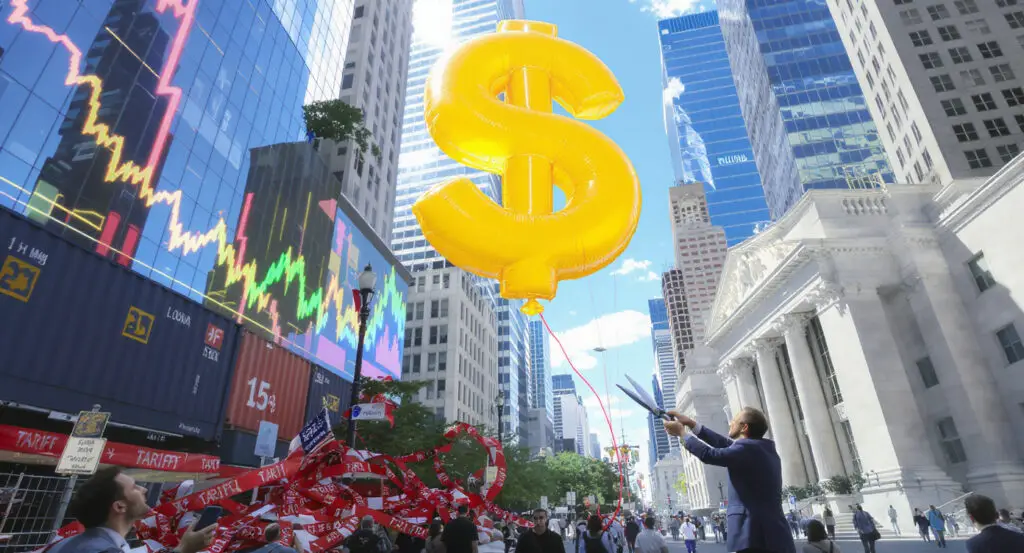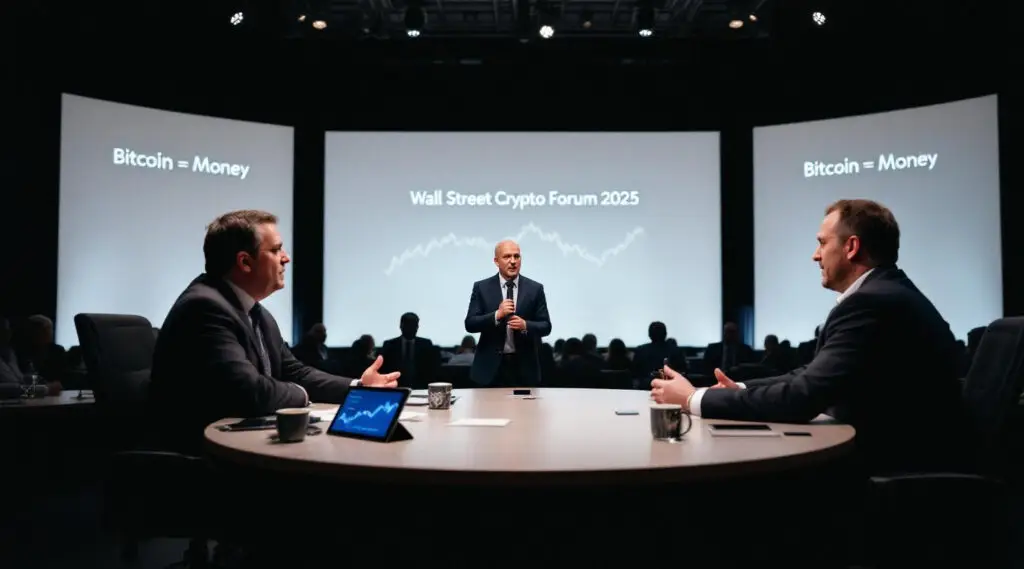CPI Update Highlights Rising Prices
The Consumer Price Index increased by 2.9% annually, the largest increase since January, driven by tariffs imposed by the Trump administration. The core CPI remained at 3.1%. The price hikes were primarily seen in goods and services that are part of a larger basket of consumer goods that markets worldwide closely monitor.
Despite the increase, Wall Street remains optimistic, believing that the Federal Reserve might lower interest rates at its next board meeting. Market participants expect policy changes to be primarily due to a worsening labor market rather than long-term inflation threats.
Federal Reserve Faces Pressure From Trump
Donald Trump is putting more political pressure on the Federal Reserve to cut rates quickly. The Fed, on the other hand, puts the economy first. It seems like the decision is more about fixing the weak job market than giving in to political pressure. Independence of the Fed is still very important for credibility. Analysts stress the need to keep political influence out of economic decision-making in order to keep the money stable.
Right now, interest rates are between 4.25% and 5.5%. A lot of investors think that the rate will go down by a quarter of a point next week. Cuts are expected to make borrowing easier, which will help growth. There is still a lot of talk about how to balance protecting jobs with keeping inflation in check. The political situation makes things even more difficult, making the problems faced by policymakers even more clear.
Wall Street Remains Optimistic
US stocks experienced a surge in August after a drop in the producer price index and a significant jump in July, easing concerns about inflation. The Federal Reserve’s shift to a looser monetary policy boosted investor optimism about stock prices. Markets view trends as beneficial for risk assets, with bullish sentiment growing due to lower wholesale prices and dovish Fed signals.
Despite tariff concerns, investors are investing in portfolios expecting a more flexible policy. However, market optimism contrasts with cautious economic signals, highlighting the divergence between investor expectations and global macroeconomic uncertainties.
Recommended Article: Tariff Panic Versus Economic Reality For Small Businesses
Fed Balances Inflation and Jobs
The Federal Reserve wants to bring inflation down to a target of 2%, which hasn’t been reached since early 2021. Higher rates lower costs, but they could also hurt the economy as a whole. The central bank is trying to find the right balance between its mandate and the risks of inflation staying high and the dangers of the labor market getting worse.
Powell’s speech in Jackson Hole stressed that it may be necessary to change the policy stance. Comments seen as a dovish turn. People in the market see the comments as proof that rate cuts are coming. It is hard to figure out how tariffs affect inflation, but the rising risks of losing jobs tilt the balance toward easing monetary policy sooner rather than later.
Labor Market Weakness Emerges
Labor data shows a concerning trend, with 258,000 job losses in May and June. The weakening trends are partly due to tariffs making data collection difficult. The labor market is losing momentum, affecting the resilience of the previous data.
The unemployment rate reached 4.3%, the highest level since 2021, and job growth went negative for the first time since December 2020. Increased stress and potential layoffs could slow recovery, making it more likely that the Federal Reserve will lower interest rates soon.
Tariff Policies Drive Uncertainty
Trump’s tariffs have complicated the economy, increasing prices and making inflation worse. They also make supply chains harder to manage, making it harder to obtain accurate data. Economists argue that these measures will make the economy less stable. Political leaders blame the Bureau of Labor Statistics for reporting errors, but the real issue is that policy changes have caused problems across the board.
People lose trust in government statistics when they are uncertain, and investors are less confident in labor market readings. Tariffs make things more expensive for consumers and make it harder to see market changes. This makes the Federal Reserve’s approach to protecting growth more flexible and accommodating.
Fed Policy to Shape the US Economy Through 2025
On September 17, the Federal Reserve will make an announcement about its policy. The market expects a quarter-point cut. The outlook depends on finding a balance between rising inflation and rising job risks. Policymakers need to balance political pressures with economic fundamentals, trying to keep their independence while also making sure things stay stable.
Investors keep a close eye on what’s going on. The choices we make will affect the US economy from now until 2025. The main question is whether the Fed puts more weight on keeping inflation low or keeping jobs stable. The September meeting is a key point in time that shows the direction of monetary policy in a world where tariffs, labor uncertainty, and weak investor optimism are all causing problems.























